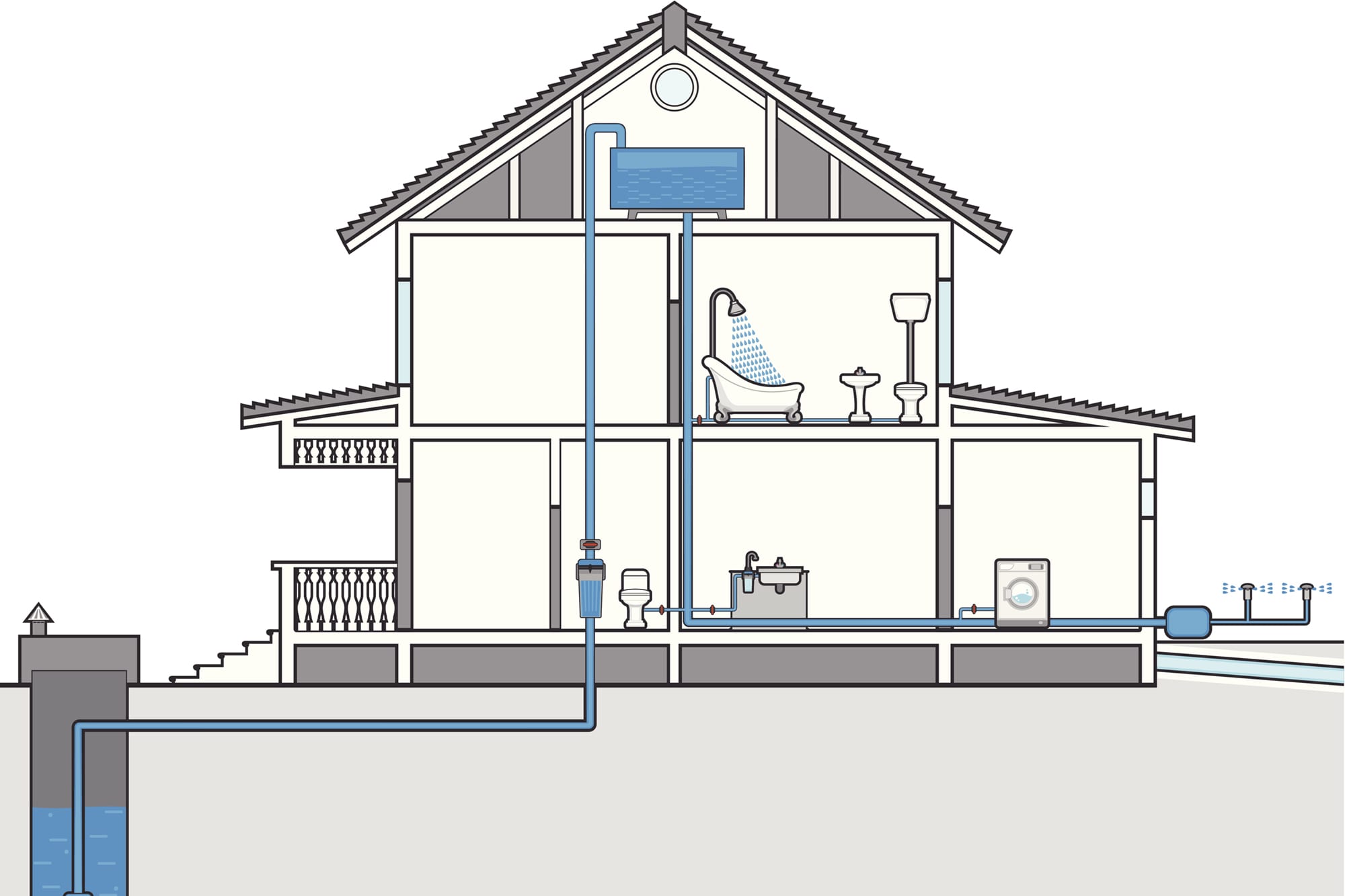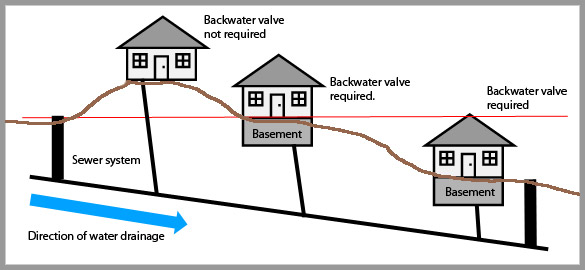The Key Components of Your Home's Plumbing System
See AvailabilityThey are making a few great points about Plumbing Installation 101: All You Need to Know in general in the content following next.

Understanding just how your home's plumbing system works is essential for every single house owner. From delivering tidy water for alcohol consumption, cooking, and showering to safely getting rid of wastewater, a properly maintained plumbing system is vital for your family's wellness and convenience. In this comprehensive overview, we'll check out the elaborate network that composes your home's plumbing and deal pointers on upkeep, upgrades, and dealing with common issues.
Intro
Your home's pipes system is more than just a network of pipelines; it's a complicated system that ensures you have access to tidy water and effective wastewater removal. Knowing its elements and exactly how they work together can aid you stop expensive repairs and make certain whatever runs efficiently.
Fundamental Elements of a Plumbing System
Pipelines and Tubing
At the heart of your pipes system are the pipes and tubes that carry water throughout your home. These can be constructed from various products such as copper, PVC, or PEX, each with its advantages in terms of durability and cost-effectiveness.
Fixtures: Sinks, Toilets, Showers, and so on.
Fixtures like sinks, bathrooms, showers, and bath tubs are where water is utilized in your house. Understanding exactly how these fixtures link to the plumbing system assists in detecting issues and intending upgrades.
Valves and Shut-off Points
Shutoffs control the flow of water in your pipes system. Shut-off valves are important throughout emergencies or when you require to make repairs, enabling you to separate parts of the system without disrupting water flow to the whole house.
Supply Of Water System
Main Water Line
The major water line attaches your home to the community water system or a personal well. It's where water enters your home and is dispersed to various fixtures.
Water Meter and Stress Regulatory Authority
The water meter measures your water usage, while a stress regulator makes sure that water flows at a risk-free stress throughout your home's pipes system, preventing damage to pipelines and components.
Cold Water vs. Warm water Lines
Understanding the distinction between cold water lines, which provide water straight from the major, and warm water lines, which lug warmed water from the hot water heater, aids in repairing and preparing for upgrades.
Drainage System
Drain Pipeline and Traps
Drain pipes bring wastewater far from sinks, showers, and commodes to the sewage system or septic tank. Traps prevent sewer gases from entering your home and likewise trap debris that could cause blockages.
Ventilation Pipes
Ventilation pipelines permit air right into the water drainage system, protecting against suction that might slow down drain and trigger catches to vacant. Appropriate ventilation is important for preserving the honesty of your pipes system.
Relevance of Correct Water Drainage
Making certain correct drain stops back-ups and water damages. Regularly cleaning drains and maintaining traps can avoid expensive fixings and prolong the life of your pipes system.
Water Heater
Sorts Of Hot Water Heater
Hot water heater can be tankless or traditional tank-style. Tankless heaters warmth water as needed, while containers save warmed water for prompt usage.
Updating Your Pipes System
Reasons for Upgrading
Upgrading to water-efficient fixtures or replacing old pipes can improve water quality, reduce water bills, and increase the worth of your home.
Modern Pipes Technologies and Their Advantages
Discover modern technologies like clever leakage detectors, water-saving bathrooms, and energy-efficient hot water heater that can save money and lower ecological effect.
Cost Factors To Consider and ROI
Determine the upfront prices versus lasting cost savings when taking into consideration pipes upgrades. Many upgrades spend for themselves with reduced energy expenses and fewer fixings.
Just How Water Heaters Link to the Pipes System
Comprehending just how hot water heater connect to both the cold water supply and warm water distribution lines helps in detecting issues like not enough warm water or leaks.
Upkeep Tips for Water Heaters
Routinely purging your water heater to remove debris, examining the temperature setups, and inspecting for leakages can extend its life-span and improve power performance.
Typical Plumbing Concerns
Leakages and Their Causes
Leakages can happen due to maturing pipes, loose installations, or high water stress. Dealing with leaks without delay avoids water damage and mold and mildew growth.
Blockages and Clogs
Clogs in drains pipes and toilets are commonly caused by flushing non-flushable things or a build-up of oil and hair. Utilizing drain screens and bearing in mind what drops your drains pipes can avoid clogs.
Indicators of Pipes Issues to Watch For
Low tide stress, sluggish drains, foul odors, or abnormally high water expenses are signs of prospective pipes issues that ought to be dealt with quickly.
Plumbing Maintenance Tips
Normal Examinations and Checks
Schedule yearly pipes inspections to catch problems early. Try to find indicators of leaks, corrosion, or mineral buildup in faucets and showerheads.
Do It Yourself Maintenance Tasks
Basic tasks like cleaning faucet aerators, looking for toilet leaks making use of dye tablets, or shielding revealed pipes in cold environments can stop significant plumbing issues.
When to Call a Professional Plumber
Know when a pipes concern needs expert know-how. Trying intricate repairs without proper knowledge can result in more damage and higher repair service expenses.
Tips for Minimizing Water Use
Basic routines like taking care of leakages immediately, taking much shorter showers, and running complete tons of laundry and meals can save water and reduced your energy costs.
Eco-Friendly Pipes Options
Take into consideration sustainable plumbing products like bamboo for floor covering, which is durable and green, or recycled glass for countertops.
Emergency Preparedness
Steps to Take Throughout a Pipes Emergency situation
Know where your shut-off valves lie and just how to turn off the water system in case of a ruptured pipeline or major leak.
Relevance of Having Emergency Get In Touches With Convenient
Keep call information for local plumbings or emergency situation solutions readily available for quick action throughout a plumbing crisis.
Environmental Influence and Conservation
Water-Saving Components and Appliances
Setting up low-flow faucets, showerheads, and bathrooms can substantially minimize water usage without giving up efficiency.
Do It Yourself Emergency Situation Fixes (When Relevant).
Short-term repairs like utilizing air duct tape to spot a dripping pipeline or positioning a pail under a trickling tap can decrease damages till an expert plumbing technician shows up.
Final thought.
Understanding the makeup of your home's pipes system equips you to maintain it effectively, conserving money and time on repair services. By complying with normal maintenance regimens and remaining informed about contemporary plumbing innovations, you can guarantee your plumbing system runs efficiently for several years to come.
Exploring Your Homes Plumbing Anatomy
Water Supply System
Main Water Line: This is where water enters your home from the municipal supply or a private well. Water Meter: Typically located near where the main water line enters the property, it measures the amount of water used. Shutoff Valve: It s crucial to know where this is in case of emergencies. It allows you to turn off the water supply to the entire house. Pipes and Fittings: These distribute water throughout your home. Materials can include copper, PVC, or PEX. Drain-Waste-Vent (DWV) System
Drains: Located in sinks, showers, and tubs, these carry wastewater away. Traps: U-shaped pipes under sinks that hold standing water, blocking sewer gases from entering the home. Vents: Pipes that lead from the DWV system to the outside, preventing vacuum formation and allowing gases to escape. Sewer Line: Carries all wastewater from the home to the municipal sewer system or a septic tank. Fixtures and Appliances
Sinks, Toilets, and Showers Dishwashers and Washing Machines Water Heaters Maintenance Tips
Regularly check for leaks in exposed pipes and around fixtures. Inspect the water heater annually for signs of wear. Clean drains and traps to prevent clogs and odors. Know how to shut off water to individual fixtures. When to Call a Professional
Major leaks or burst pipes Installation of new pipes or fixtures Septic tank issues Remodeling projects that involve plumbing changes Conclusion
Understanding the anatomy of your home's plumbing is key to maintaining a functional and efficient system. Regular checks and knowing when to call in the experts can save you time, money, and stress.
https://www.mavyn.com/blog/exploring-your-homes-plumbing-anatomy

I found that blog entry on Plumbing Installation 101: All You Need to Know when exploring the internet. Loved our post? Please quickly share it. Help someone else discover it. We take joy in your readership.
Call Today